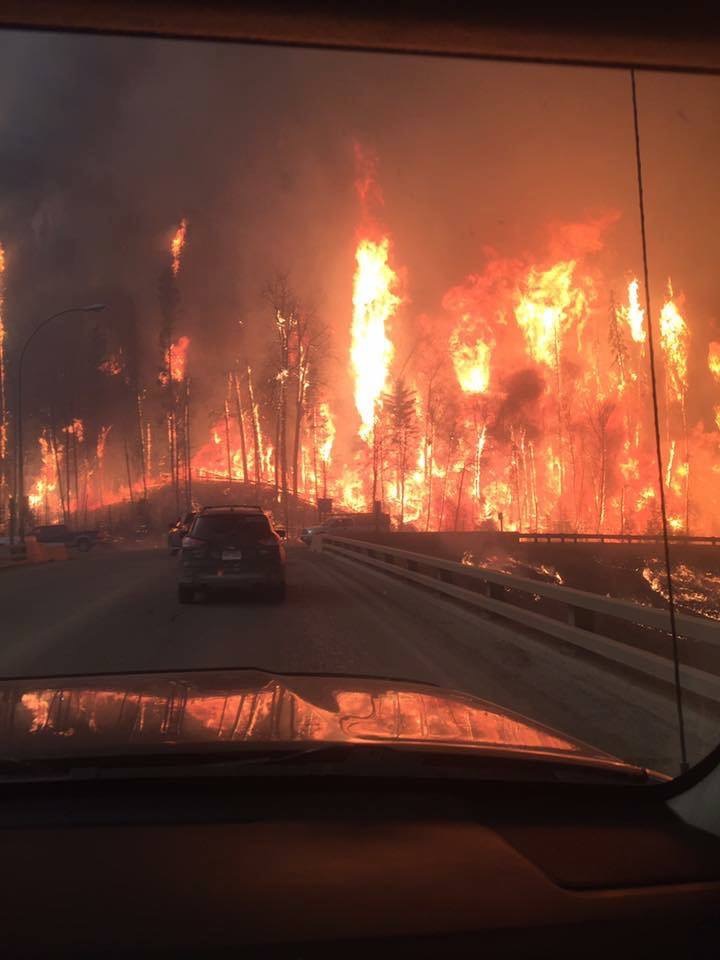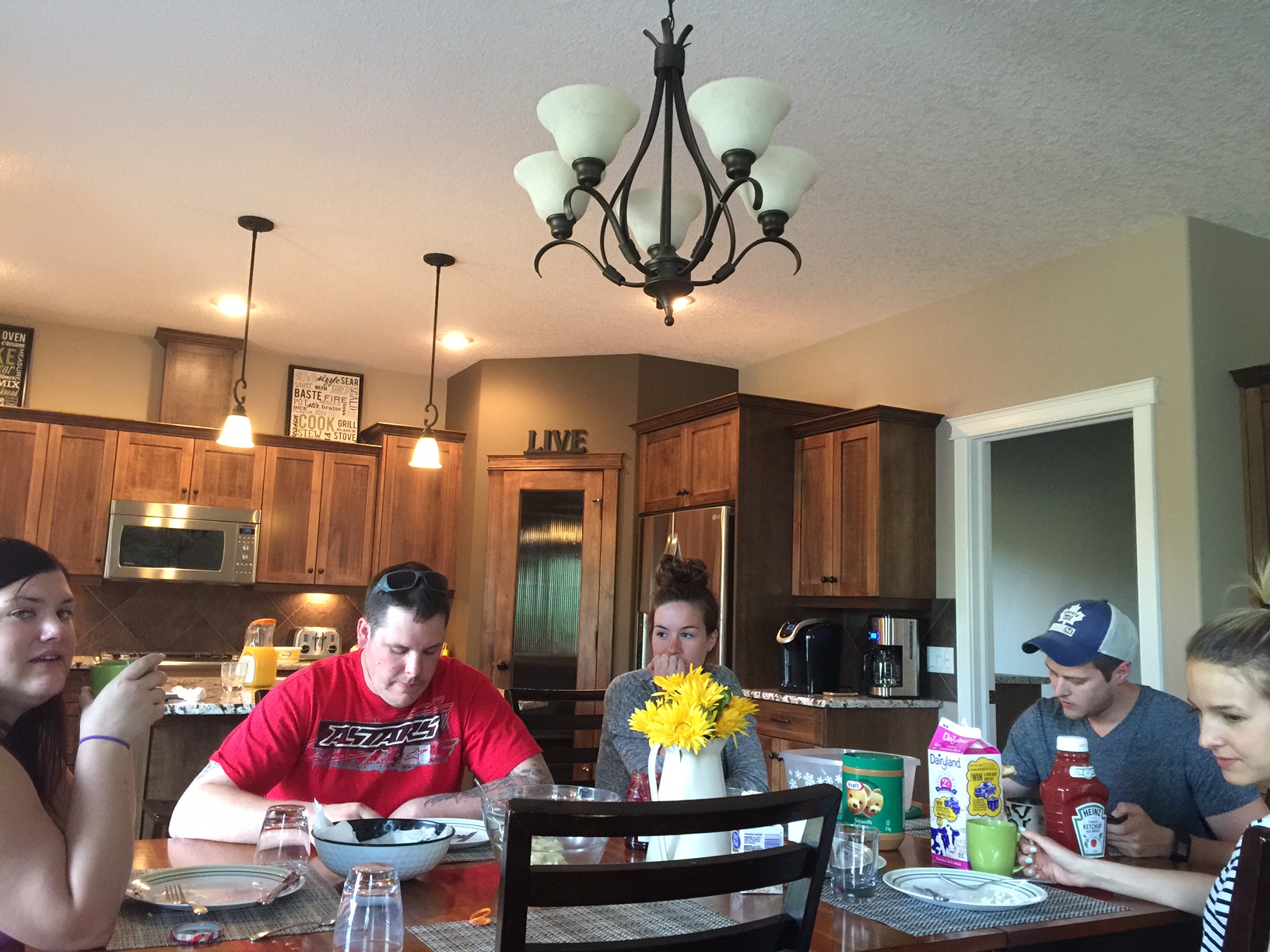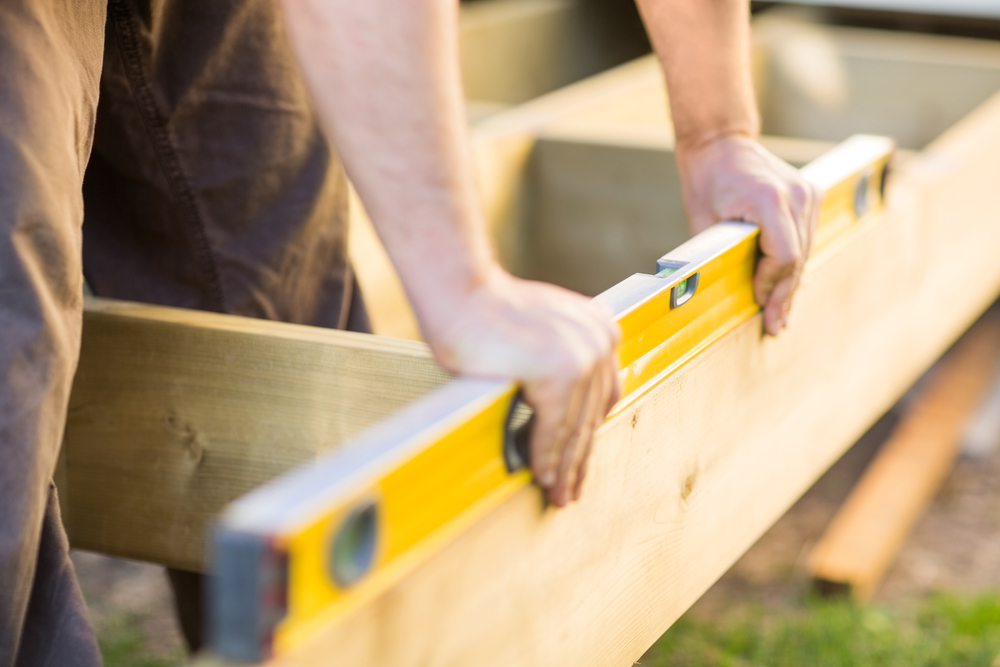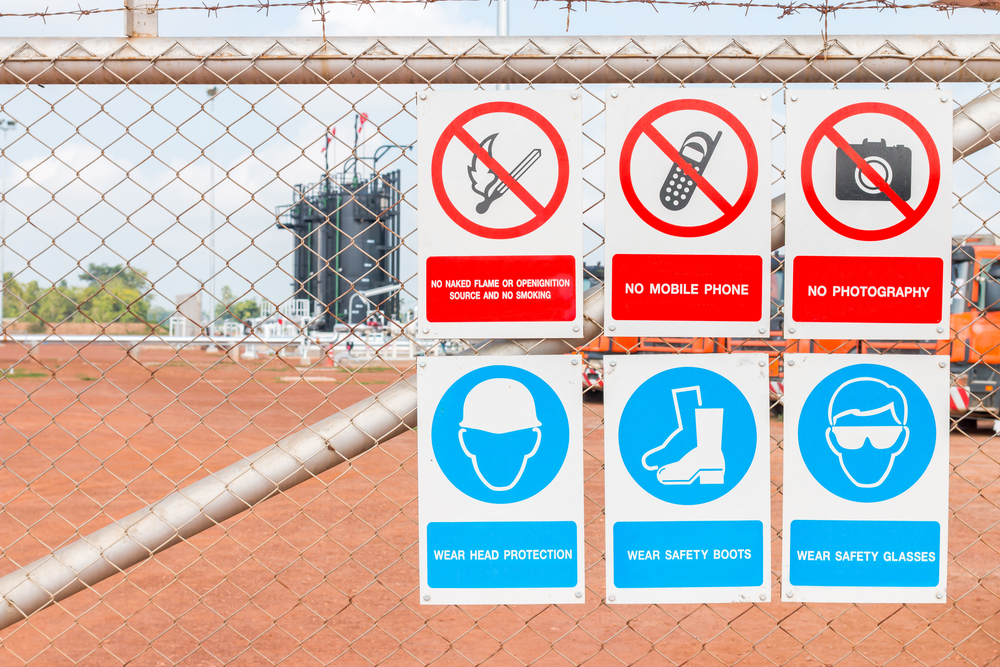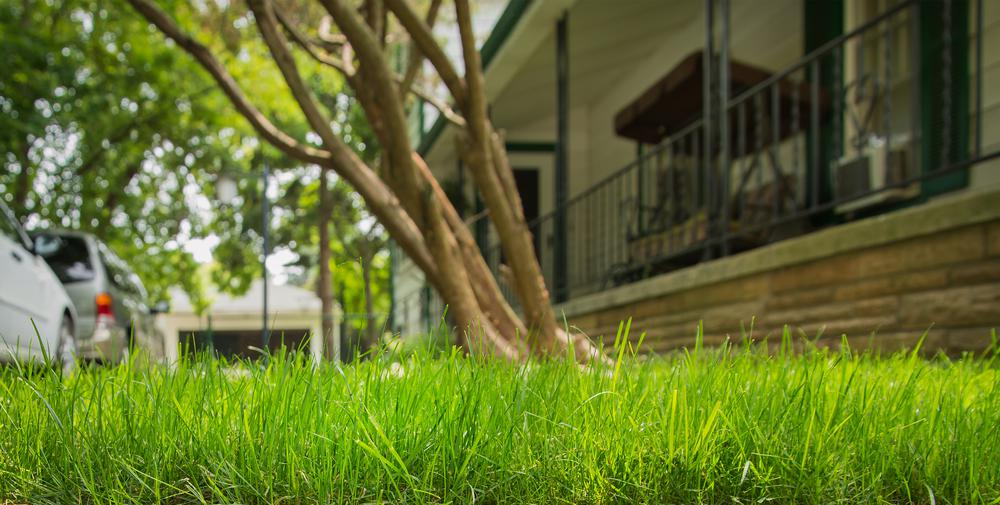The housing market in Edmonton is holding its own despite the tough economic situation. Lower prices and less urgency mean it’s a great time for homeowners looking to purchase a new plot of land or build a custom home.
There are some important factors to keep in mind before that beautiful lake cottage or family dream home can become a reality. Get started on the right foot with this guide to basic land surveying considerations for a new build.
1. Lot Surveys
The best time to survey a piece of land is before you make an offer. If there are any problems or obstacles to building, a registered land surveyor could help you avoid a bad investment.
If you own a piece of land and would like to build on it, speaking to a certified land surveyor should be a priority. Not only will this help you determine your property lines (an essential part of homebuilding) but it will save you time when it comes to obtaining development permits.
Residential land surveys will determine:
- Property Boundaries
- Existing Structures and Features
- Property Valuation / History
- Any Required Permits or Building Restrictions
- Underground Elements
From basic plot plans and boundary surveys to specialized construction surveys for heritage homes, LN has helped hundreds of Albertans take the first step in building their dream homes. Get in touch to find out how we can help you.
2. Lot Grading Certificates
Lot grading is an important part of home construction. The purpose of grading is to ensure proper draining away from a property, preventing flooding and water damage to your home.
Grading is especially important if your lot is situated on a hill or a slope, but all homeowners are responsible for ensuring their properties are property graded and maintained.
Obtaining a final grading certificate is a multi-step process that begins with a rough grading stakeout. LN can guide you through all parts of the process and offer competitive pricing on grading surveys as well as custom packages and bundled prices for new homeowners.
3. Home Placement
An initial residential land survey can also help determine the ideal position of the house on the building site, taking into account important placement factors such as the direction you would like the house to face, any restrictions on location due to local bylaws (such as how far back the property should be setback from the road), water flow, sunlight, and more.
Before you buy, consider that factors including lot orientation, lot space, and green space may also have an impact on the value of your home.
4. Lake Lots
When it comes to lakefront property, the home building process can become a bit more complicated.
In Alberta, a privately-owned plot of land will extend to the bank of a Crown lake (not the water’s edge) or it might extend only to a municipality-owned reserve.
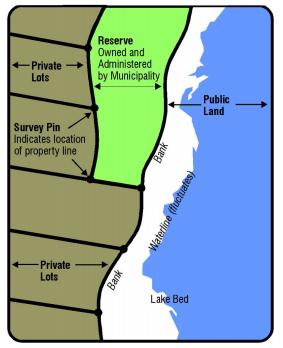
Image from the Alberta Lake Management Society, The Law and The Lake (PDF)
A land surveyor will be able to tell you exactly where your lakefront property begins and ends, and inform you of any building restrictions such as environmental protection or public access.
Remember that a lakefront lot might have additional surveying needs based on its likely location on a gradient.
5. Home Warranty
As of February 1st, 2014, every new home built in Alberta must be protected under warranty.
There are currently seven warranty providers that builders may partner with to provide this extensive coverage.
You can learn more about this process on the Home Warranty Alberta website. As a homeowner, you’ll be responsible for maintenance and upkeep.
What’s Next?
Building a home is a multi-step process, but it all starts with a good land survey.
Still in the dream stage? Browse this list of amazing property locations and let us know when you’re ready to go.
If you are ready to get started, we’d love to help. Request a quote, get in touch by email (info@lnldt.ca), or call us at 780.488.9064 to discuss your options.


